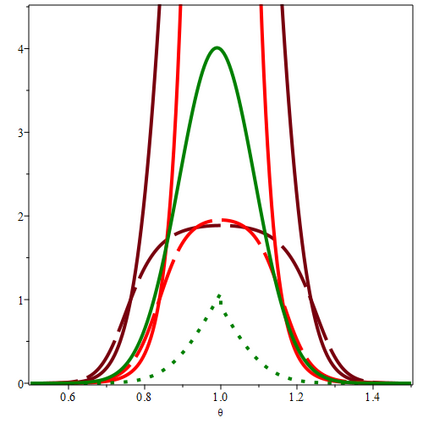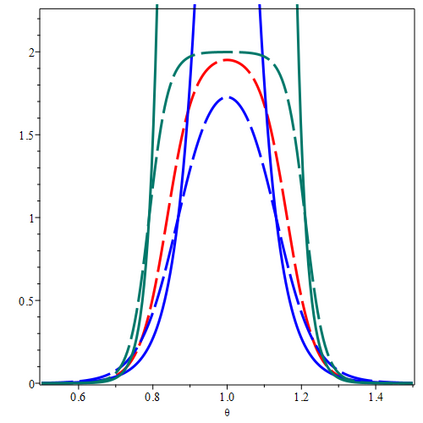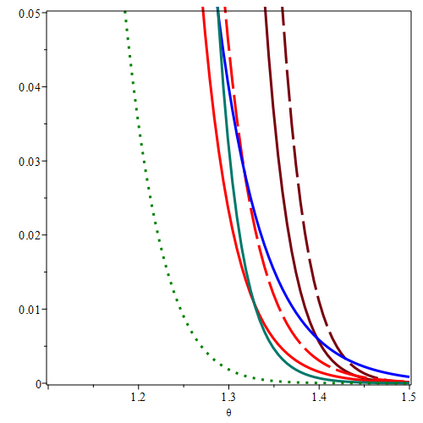A standard practice in statistical hypothesis testing is to mention the p-value alongside the accept/reject decision. We show the advantages of mentioning an e-value instead. With p-values, we cannot use an extreme observation (e.g. $p \ll \alpha$) for getting better frequentist decisions. With e-values we can, since they provide Type-I risk control in a generalized Neyman-Pearson setting with the decision task (a general loss function) determined post-hoc, after observation of the data - thereby providing a handle on "roving $\alpha$'s". When Type-II risks are taken into consideration, the only admissible decision rules in the post-hoc setting turn out to be e-value-based. We also propose to replace confidence intervals and distributions by the *e-posterior*, which provides valid post-hoc frequentist uncertainty assessments irrespective of prior correctness: if the prior is chosen badly, e-intervals get wide rather than wrong, suggesting the e-posterior minimax decision rule as a safer alternative for Bayes decisions. The resulting "quasi-conditional paradigm" addresses foundational and practical issues in statistical inference.
翻译:统计假设测试的标准做法是在接受/拒绝决定的同时提及 p 值。 我们显示了提及电子价值的优点。 在使用 p 值时, 我们不能使用极端的观察方法( 如 $p =ll = halpha$) 来更好地作出常客决策。 在使用电子价值时, 我们也可以使用电子价值, 因为它们在通用的Neyman-Pearson 设置中提供类型I风险控制, 以及决定任务( 一般损失功能) 确定后热量后, 观察数据后( 从而提供“ 流动 $ alpha$ ” 的处理方法 。 当将二类风险考虑在内时, 我们无法使用极端的观察方法( 如 $p =ll = alpha$ = alpha$ ) 来改进常客量决定。 我们还提议用电子值* 来取代信任间隔和分布, 提供有效的热潮后不确定性评估, 不论先前的决定是否正确: 如果先前的选择不当, 电子间比较广泛, 而不是错误, 则建议电子间断面的微轴决定规则, 以作为贝斯实际决定的更安全的替代方法。








